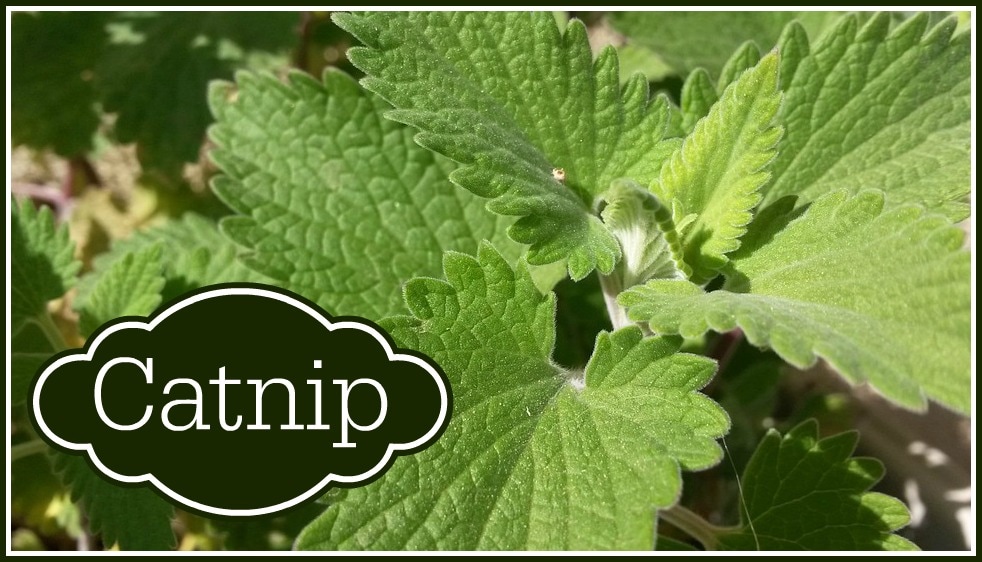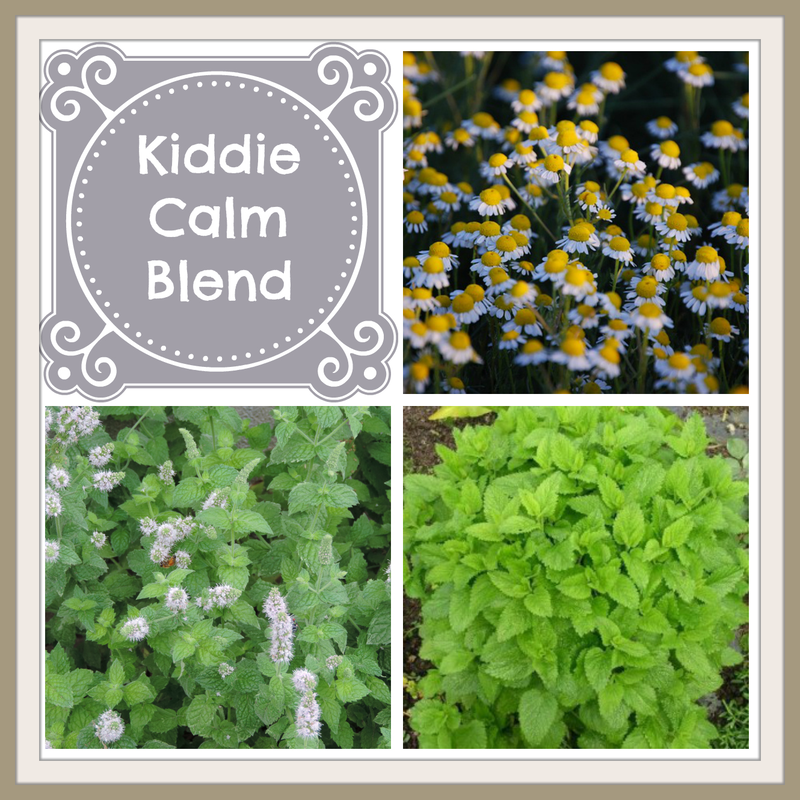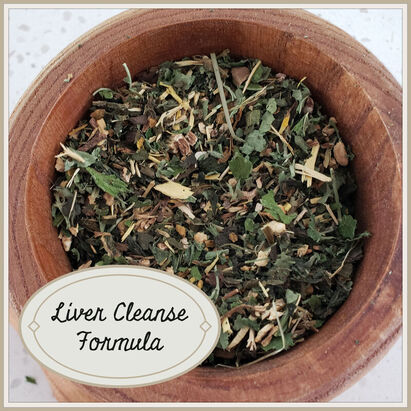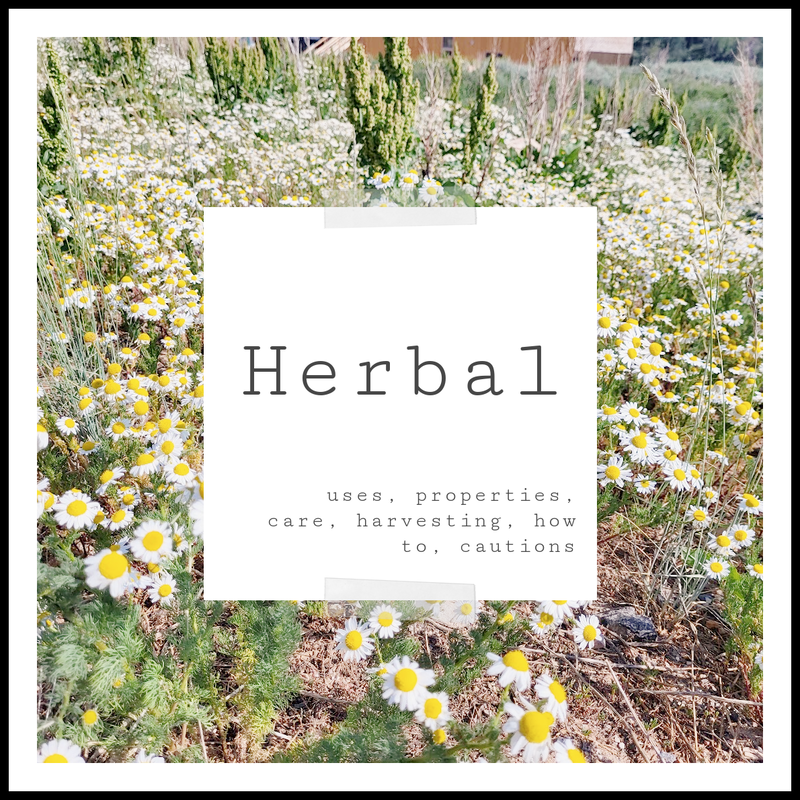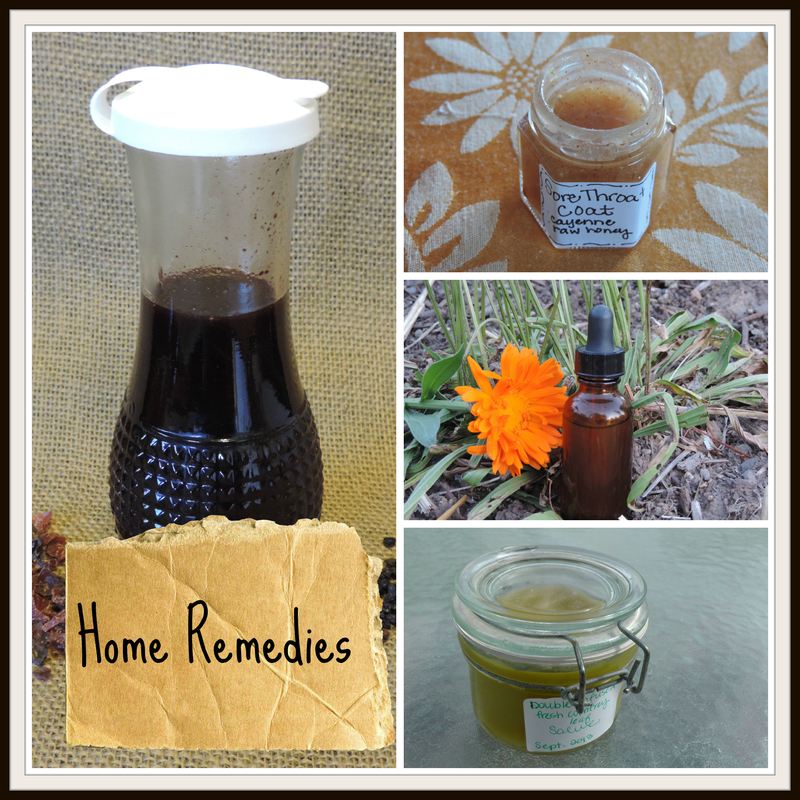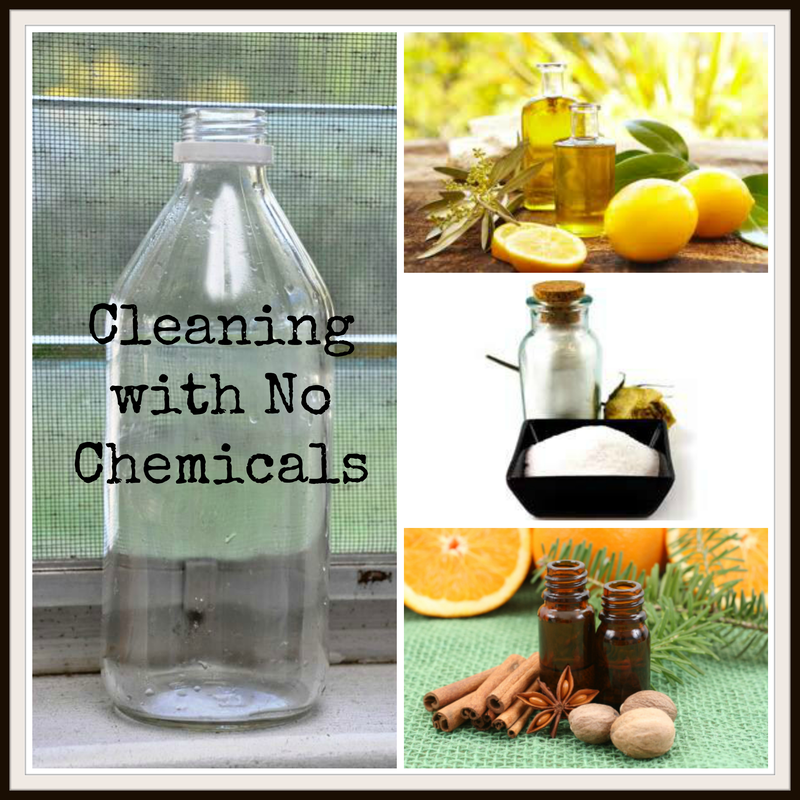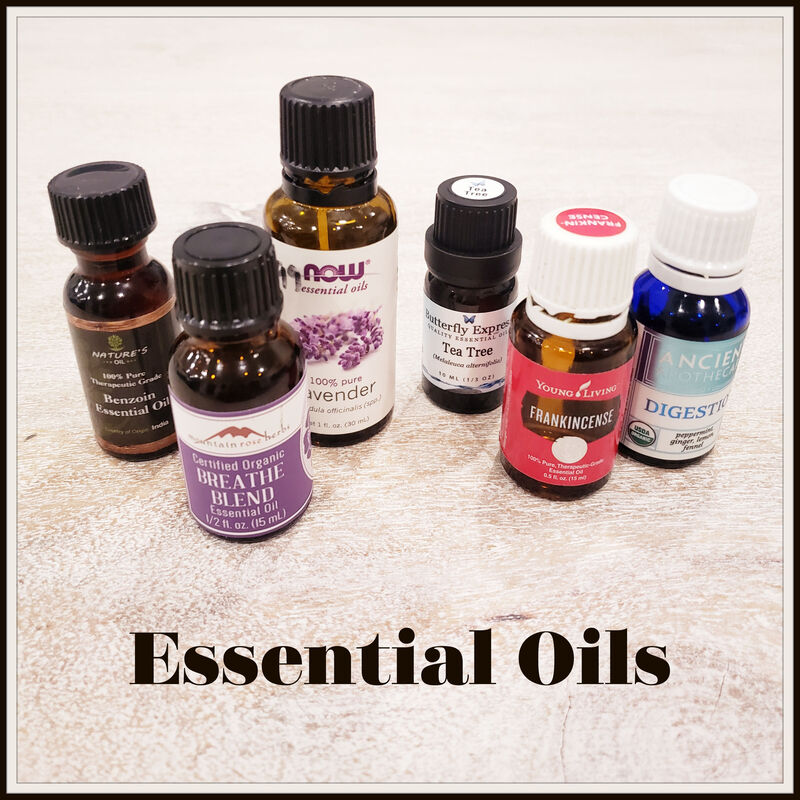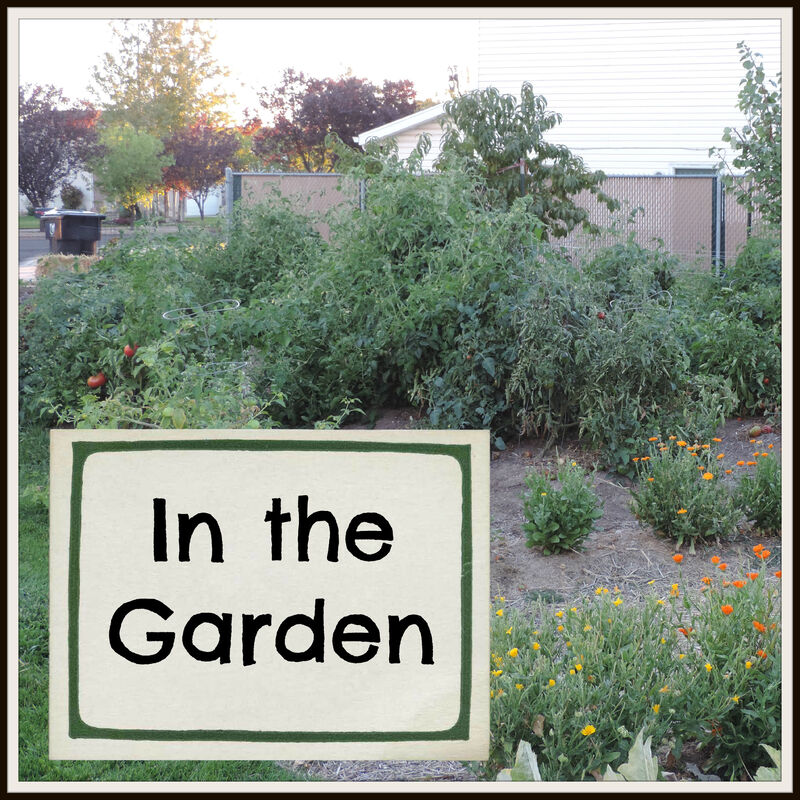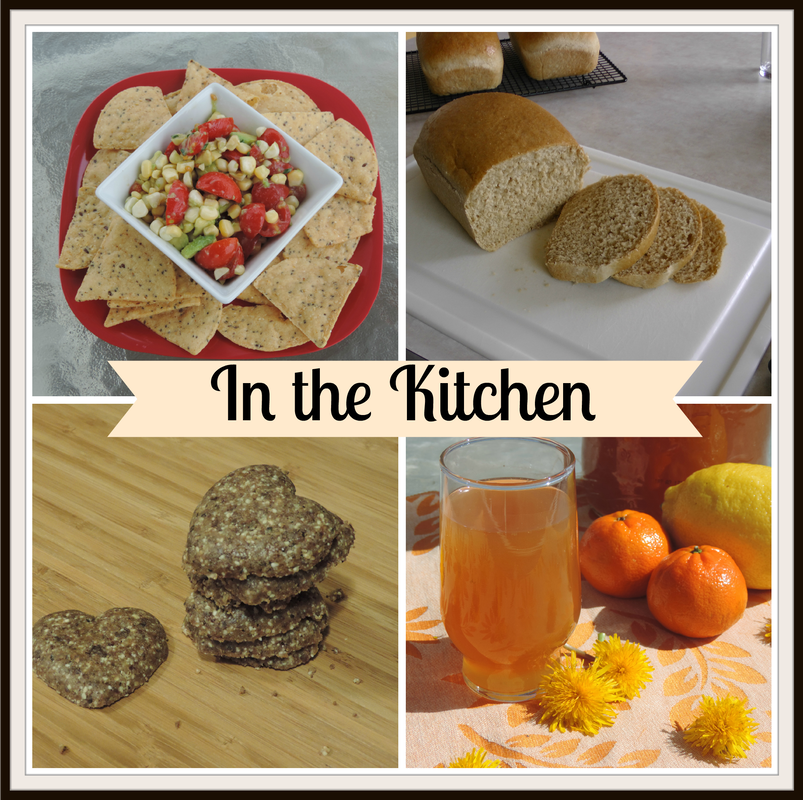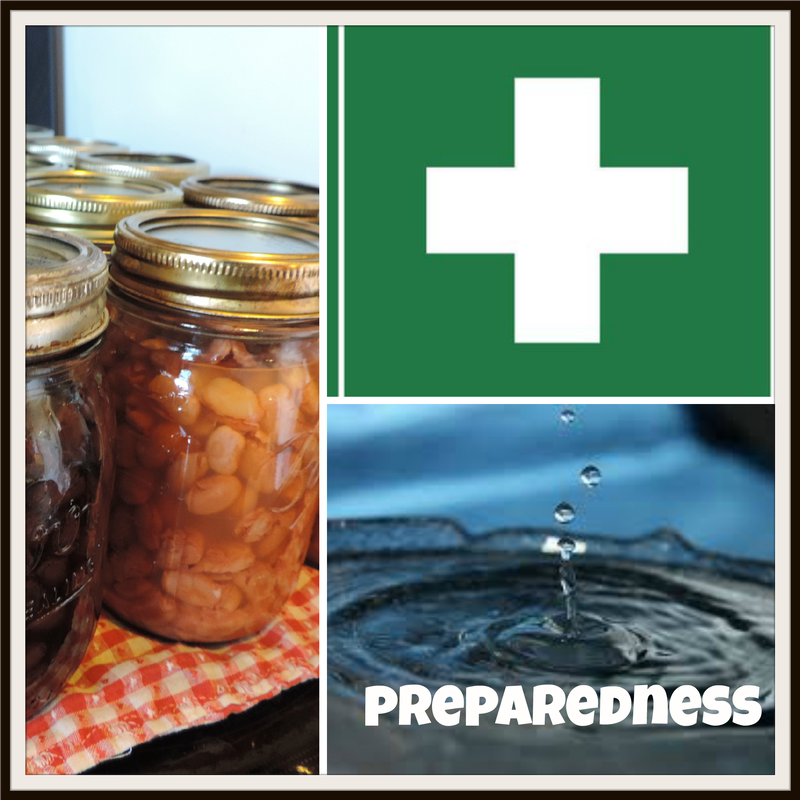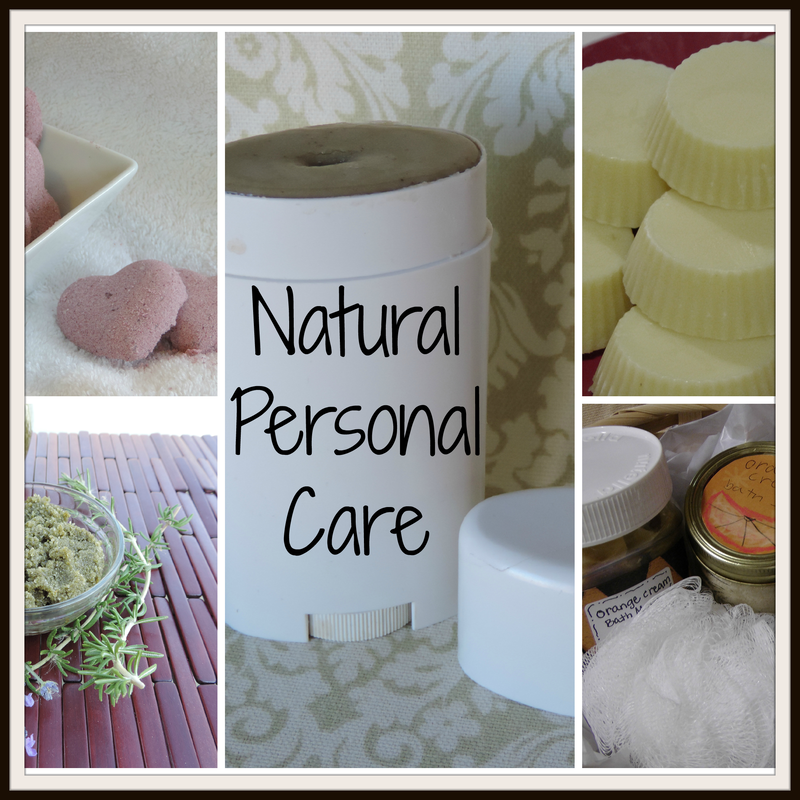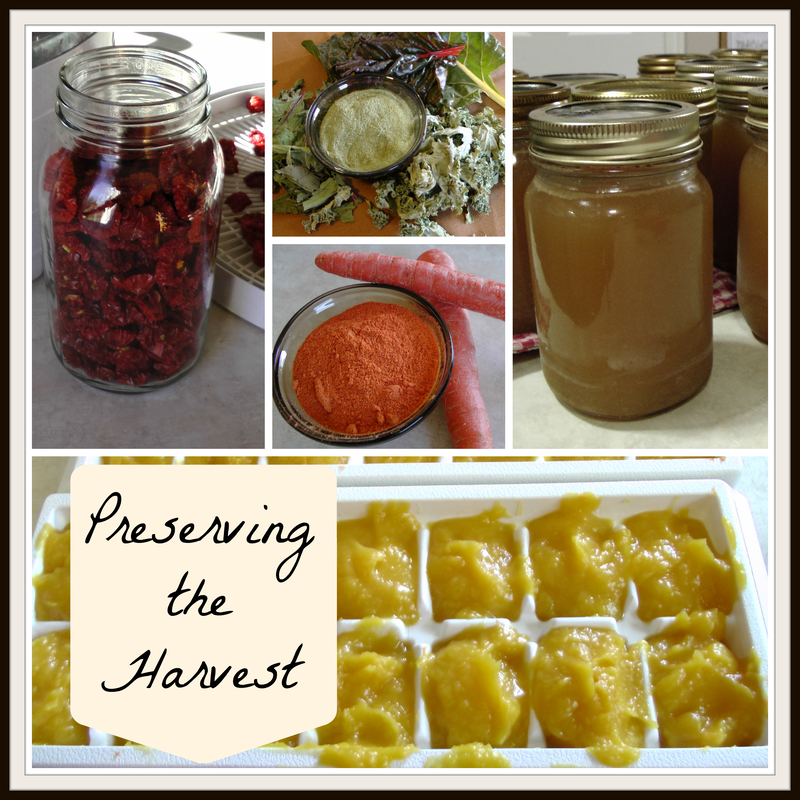Family: Labiatae (mint family)
Catnip is one of the best children's herb as it is gentle and safe, yet powerful for upset stomach, colic, and digestive problems. It also helps calm children and babies and aids in a restful sleep. Catnip affects the nervous and digestive systems, as well as the lungs, glands and liver. It is also a great herb choice for pregnancy and babies. Nursing mothers can drink the tea to help with a colicky baby or one that cannot sleep but needs to.
Properties
- Antispasmodic
- Astringent
- Anodyne
- Anti-inflammatory
- Cholagogue
- Nervine
- Emmenagogue
- Antacid
- Sedative
- Anesthetic
- Carminative
- Diaphoretic
- Bug repellent
Infants and Children
- Colic
- Jaundice
- Sedative, helps induce sleep.
- Teething
- Relieves gas and bloating.
- Alleviates many symptoms of childhood diseases and illness.
Medicinal Uses
- Anxiety, nerves, stress.
- Colds, flu, and fever (enema is the best method of use).
- Coughs and chest congestion, croup, bronchitis.
- Digestive complaints, gas, bloating, indigestion, diarrhea.
- Nausea, morning sickness, upset stomach, "butterflies" - nervousness.
- Relieves any type of muscle cramping, even those associated with pregnancy.
- Appendicitis (enema)
- Toothache (chew on the leaves)
- Insomnia, restful sleep.
- Cataracts
- Menstrual discomfort, painful cramps, afterbirth cramping.
- Relaxes the uterus, preventing contractions so helpful to prevent miscarriage.
- Makes a great insect repellent, plant by doors or infuse into witch hazel, water or oil for a bug spray, you can even rub the leaves on your skin.
Methods of Use
- Infusion (blends well with mint and chamomile, both great for children also)
- Tincture and/or glycerite
- Syrup
- Poultice and/or compress
- Herbal capsules and pills
- Salve, ointment, cream
- Herbal honey or sprinkle
- Bath (my favorite way to use with children)
- Liniment
- Sachet, make good sleep pillows and apparently cat's like them (I'm not a cat person so not sure what you do with them)
- Hydrosol
- Enema
In the Garden
- Sow seed directly in the garden in mid spring or start from seed indoors 4-6 weeks before last frost.
- Transplant in full sun or partial shade, 12" apart.
- Grows well in any soil, give low to moderate amounts of water, catnip likes it dry more than wet.
- I highly recommend putting a cage around this plant as I have attracted every cat in the neighborhood with mine, I lost three different plants before I realized I needed to protect it with a cage.
- Can be harvested anytime during the season but catnip is most potent when flowering. Cut back to 3-4" and it will continue to grow, giving you several cuttings throughout the season.
Recipes
Resources
Calm with Catnip from Herbal Legacy
Practical Herbalism
The Green Pharmacy Herbal Handbook
The Herbal Drugstore
The Naturally Healthy Pregnancy
Homegrown Herbs
